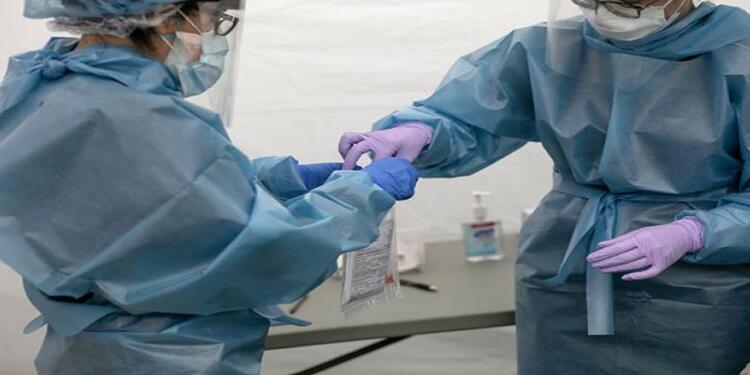
When the World Health Organization (WHO) announced that COVID-19 was a pandemic, its director-general Tedros Adhanom Ghebreyesus made a statement in which he emphasised the value of testing.
The epidemic showed serious flaws in the diagnostic methods that were being used at the time. It demonstrated the urgent need for tests that are comparable to current approaches in terms of speed, simplicity, cost, and scalability.
Three years later, diagnoses are no longer the same on a global scale. Some emergent zoonotic infections, such as “disease X,” a hypothetical infectious illness with the potential to become a pandemic, can be diagnosed using new methods that have been developed.
Since the beginning of the pandemic, I have constantly followed improvements in the diagnostic field as a molecular biologist with a great interest in veterinary disease diagnostics. These new technologies have the potential to eliminate diagnostic process bottlenecks when combined with traditional diagnostics. Clinicians and decision-makers are better able to practise precision medicine and respond to potential outbreaks when these tests are integrated into a nation’s healthcare system.
The virus that causes COVID disease, SARS-CoV-2, was initially diagnosed through the use of well-established molecular methods including reverse transcription polymerase reaction (RT-PCR). By amplifying genetic material of organisms millions of times, these methods locate and identify them. Yet, conducting the tests calls for expensive machinery and trained personnel.
Further methods of testing for the virus had to be created as the pandemic got worse. The substances and chemicals necessary to conduct diagnostic tests efficiently were in scarce supply, and many nations lacked the kind of cutting-edge facilities required for the tests that were already in use. Low- and middle-income nations, especially those on the whole African continent, had insufficient resources and a shortage of qualified specialists to meet demand.
Techniques for isothermal amplification were used to fill the gap. This straightforward procedure amplifies DNA and RNA (genetic material) quickly and efficiently while maintaining a steady temperature.
Immunological tests were also beneficial. These tests, which can be carried out on-site or in a lab, can identify certain compounds like antibodies and antigens. When an alien molecule (antigen) enters the body, antibodies are produced there.
Even in areas with limited resources, these quick and efficient tests can be applied on a large scale. These tests’ biggest problem is that they aren’t as accurate. Immunological assays do not increase the protein signal of the virus, in contrast to molecular techniques that do. This lessens their sensitivity. The likelihood that an infected person will be misinformed that they don’t have the virus is high.
The global diagnostic community realised it was time to look at techniques that were just as accurate as traditional molecular testing but could be applied externally and broadly.
New diagnostic tests that were quick, precise, available, and reasonably priced were required by scientists. The Rapid Acceleration of Diagnostics programme (RADx) was established by the National Institutes of Health in the US in 2020 to fund creative home- and point-of-care tests and to hasten their development, validation, and commercialization.
The application of CRISPR is one particularly intriguing change in this area. The technology’s prior application in gene editing was well known. SHERLOCK and DETECTR, two ground-breaking CRISPR-based kits used for the detection of SARS-CoV-2, have since been released, revolutionising diagnostics. They are suitable for use as a point-of-care test because to their high sensitivity, specificity, and ability to produce a visible colour readout using a readily available paper dipstick.
The versatility of these techniques enables researches to apply the same principles to the detection of other infectious diseases too.
In general, the focus of illness testing has shifted over the past three years from straightforward detection and understanding to combining speed, efficiency, and mobility of the tests.
Although there is plenty to be happy about in the diagnostic space, issues still exist. Testing development and dissemination face challenges, particularly in impoverished nations. To end the disparity in diagnostics, more equitable access to high-quality testing and increased data sharing between nations are required.
Another significant issue is the lack of resources in low- and middle-income nations to implement a strong regulatory structure. Businesses are less motivated to create and market items in areas with lax regulations. Hence, nations continue to rely on tests that are produced elsewhere.
Investment in diagnostics is projected to decline as the globe exits its pandemic response phase. The economic benefit of investing in developing tests will decline as the need for them declines.
This is bad because there are still a lot of healthcare issues around the world, and without proactive disease surveillance, it won’t be possible to identify where the next pandemic might start. The COVID pandemic’s momentum presents a chance, and it should be taken advantage of in order to build upon the diagnostic industry’s strengths and enhance its weaknesses.
